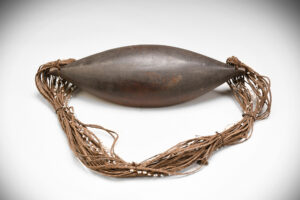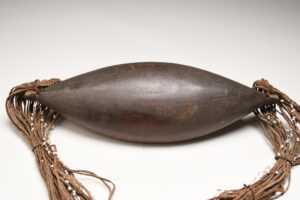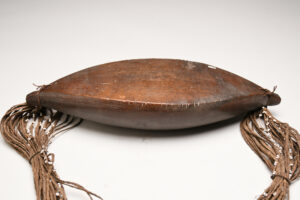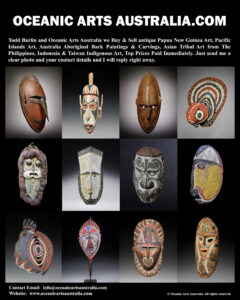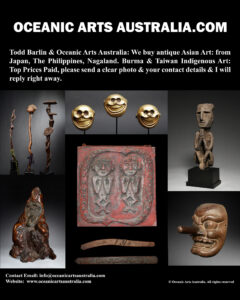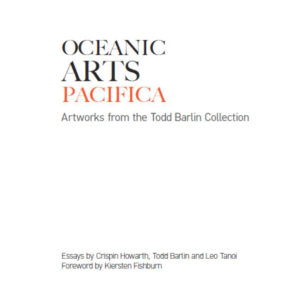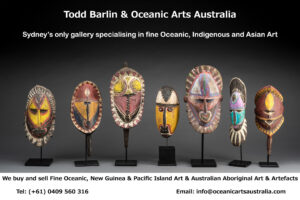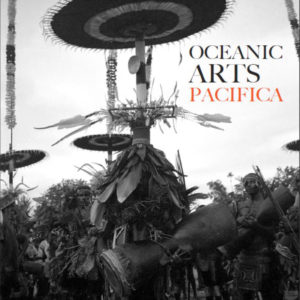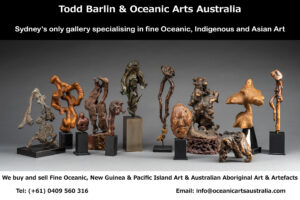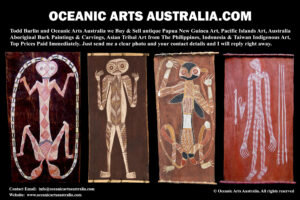A Rare Old Vanuatu Carved Wood Men’s Back Ornament Espiritu Santo Island in Northern Vanuatu
| Collection No. | SOLD but we have lots more Fine Oceanic & Aboriginal Art on my website |
|---|---|
| Size | 38cm |
A Rare Old Vanuatu Carved Wood Men’s Back Ornament Espiritu Santo Island in Northern Vanuatu Collected in the late 19th Century
This rare and beautiful Men’s Back Ornament is from Espiritu Santo Island in Samna Province in Northern Vanuatu ( formerly known as The New Hebrides Islands)
It would have been worn only by a man of a certain grade in the men’s secret societies for which Vanuatu is well known. Artworks and Ornaments were made specifically for levels or grades in the men’s secret societies. I have looked very hard for a historical photo of a man wearing one of these ornaments but I haven’t found it yet, I am sure that one exists. If you see any photos of one being worn, could you please let me know?
The beautiful refined ovoid form is flat on the side it would have rested on the man’s back. There are pecked designs around the edge of the wood ornament which I think has a meaning or is for counting not just a design. The wood ornament has a fine tree bark string belt decorated with old trade beads that were used to attach it to your waist.
Provenance: Captain William Campbell Thomson ( 1851 – 1934 ). The Todd Barlin Collection of Oceanic Art
See my new EXHIBITIONS GALLERY showing the Museums and Art Galleries Exhibitions that I provided artworks for over the past 40 years. There is the link to the article about my artworks published in the prestigious Louvre Magazine in 1996
I have artwork for Museums and art Galleries but also for collectors at every stage of their collecting. I want to encourage people to explore the fine art of New Guinea & West Papua and the Pacific Islands and to be able to see and touch the artworks in a relaxed and friendly manner in my Sydney Gallery. I would like to invite you to visit my gallery and see the artworks in person and also look at my website www.oceanicartsaustralia.com where there are many Galleries & Sub Galleries to explore.
My Gallery of nearly 40 years is the last physical gallery in Sydney that specializes in New Guinea and Oceanic Art. Sydney is very close to New Guinea & the Pacific Islands where all of these amazing artworks came from, Australia’s closest neighbors.
To see many more rare items and the finest masterpieces, please make an appointment with us to visit the gallery.
For all inquiries, please contact us

